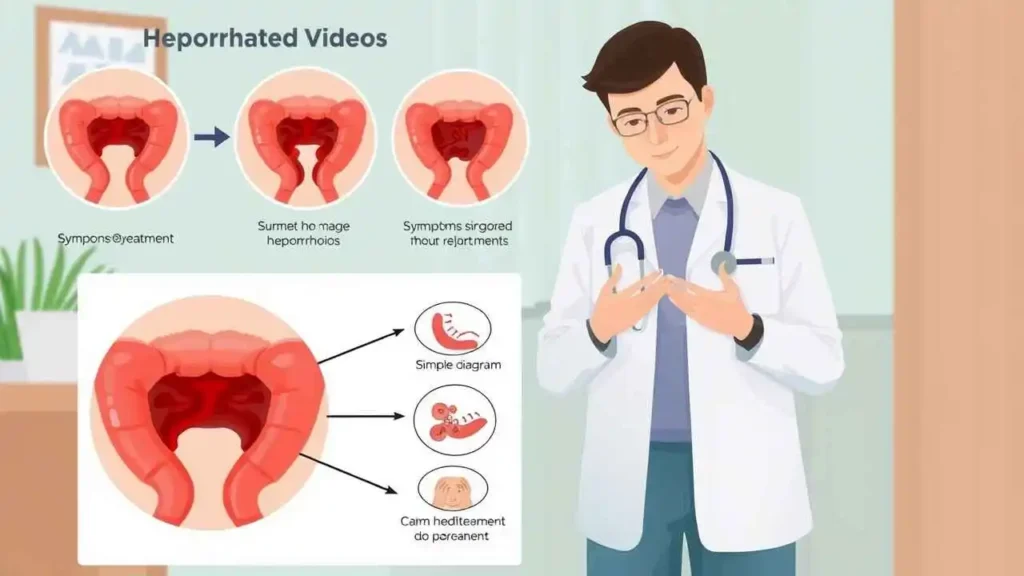
The Ultimate Guide to Treating Piles Naturally and Medically
Let’s face it, talking about bowel movements and rectal discomfort isn’t exactly a popular dinner conversation topic. However, ignoring these issues can lead to unnecessary suffering. One such common ailment that many of us might experience at some point in our lives is piles, also known as hemorrhoids. While the term itself might evoke a sense of unease or even embarrassment, understanding what piles are, why they develop, and how to manage them can empower us to take control of our health and well-being.
In this article, we aim to shed light on this often-misunderstood condition. We’ll delve into the definition of piles, explore their different types, unravel the common causes, identify the tell-tale symptoms, and discuss the various treatment options available. Our goal is to provide you with comprehensive and easily digestible information, presented in a clear and informative manner, so you can confidently navigate this sometimes-uncomfortable health concern.
What Exactly Are Piles?
Piles, or hemorrhoids, are essentially swollen veins in the lower rectum and anus. Imagine varicose veins, but located in a rather less visible and more sensitive area. These veins can become enlarged and irritated, leading to a range of uncomfortable symptoms. While everyone has veins in the anorectal region, they only become problematic when they swell and become inflamed, turning into what we commonly refer to as piles.
It’s important to understand that piles are not a disease in themselves but rather a condition arising from increased pressure and strain on these veins. They are surprisingly common, affecting a significant portion of the adult population. In fact, it’s estimated that around 50% of adults over the age of 50 will experience symptomatic hemorrhoids at some point in their lives. This prevalence highlights that you are certainly not alone if you’re experiencing symptoms, and seeking information and help is a proactive step towards better health.
